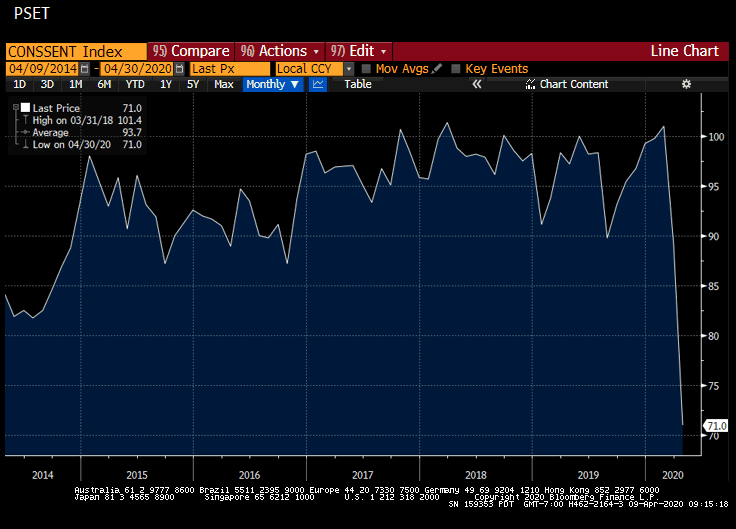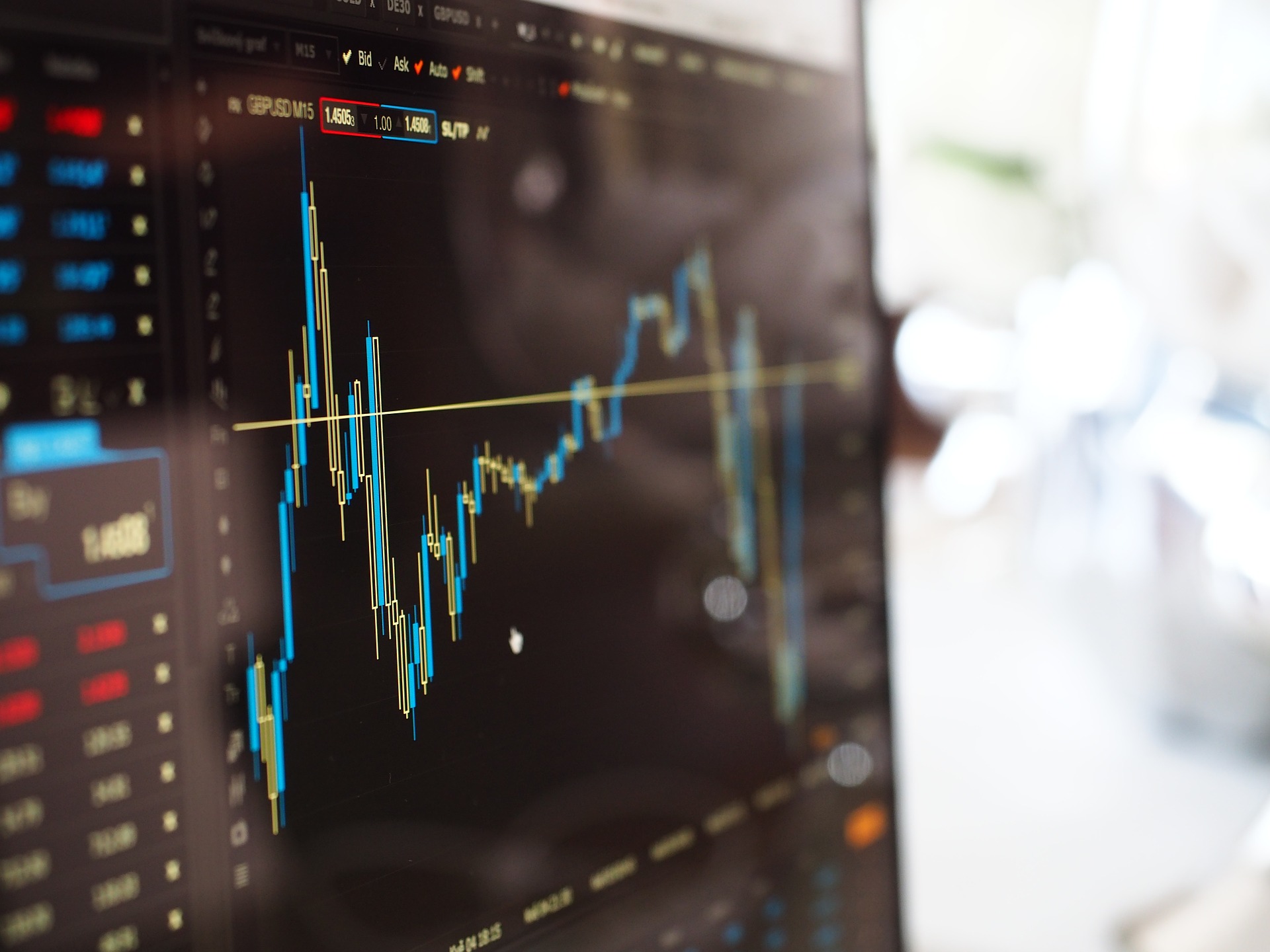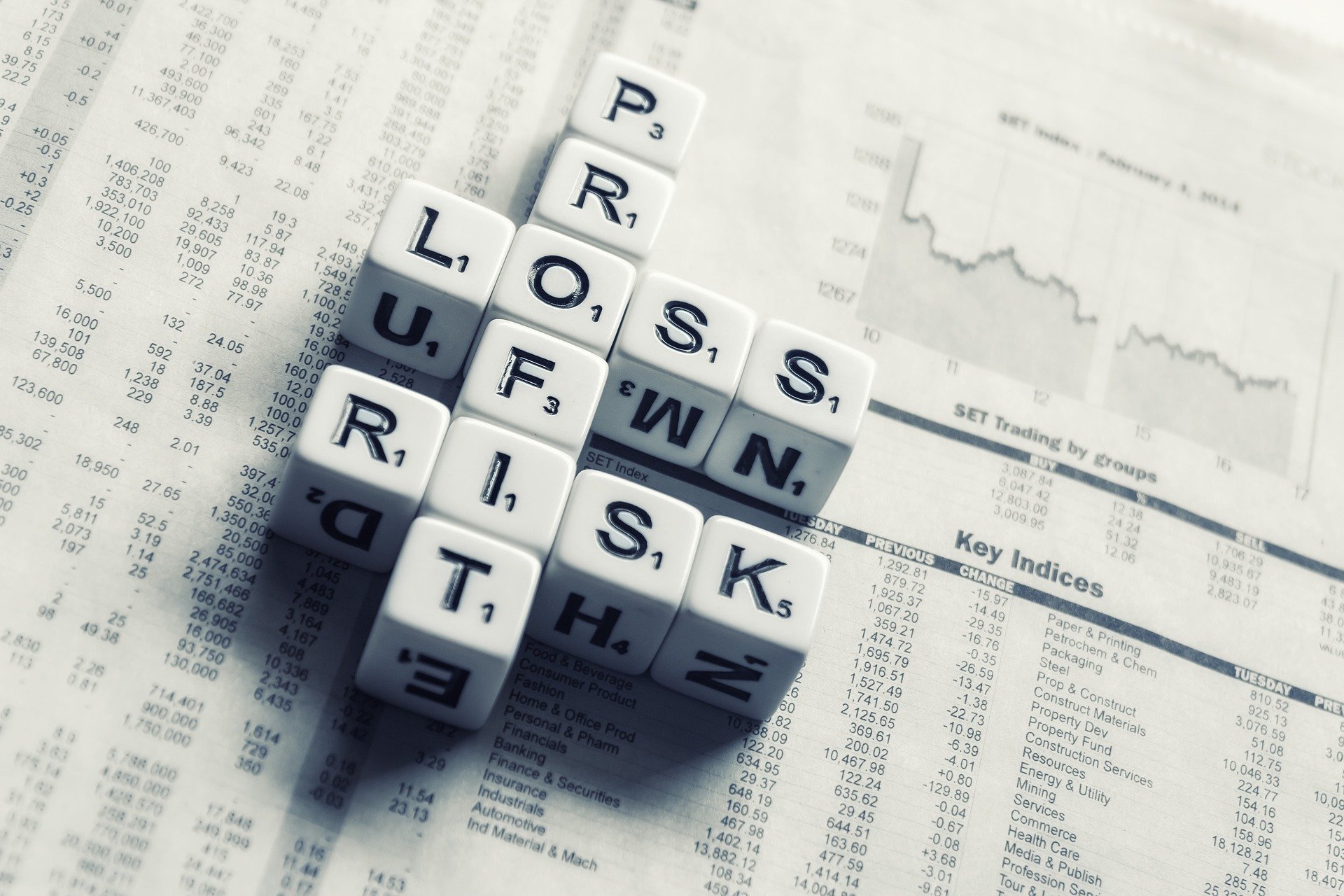Who could have imagined a scenario where weekly unemployment applications exceeded 6 million and the stock market yawned? We are now in the second week in a row of these numbers. For reference, the week of March 15 had 282,000 initial jobless claims (versus, again, this week’s 6,606,000).
These kinds of extremes have become commonplace over the last several weeks. Record stock market losses, record gains, huge congressional relief packages… they are all old news now. It seems very little can startle financial markets anymore.
This is likely a false sense of calm, though. While it seems that a good portion of the bad news has already been priced into stock and bond markets (as evidenced by the ho-hum reaction to today’s unemployment claims), the worst, as we’ve been hearing a lot lately, is yet to come. We haven’t even begun to see corporate earnings numbers for the first quarter, never mind the second quarter we just entered, where the greatest impact is expected to be felt.
Here’s a chart of U.S. consumer sentiment over the last six years. Remember, consumer spending makes up 70% of gross domestic product (GDP). When consumers are worried, the rest of the economy should be, too.

U.S. Consumer Sentiment Index, 4/9/2014-4/30/2020, accessed 4/9/2020 via Bloomberg L.P.
Even this sentiment report, released today, hasn’t rattled markets (the Dow Jones Industrial Average is up 2.25% as I write this). There is a limit, though, to how much bad news investors can take. They may think they’ve heard it all at this point, but eventually the storm of bad news will weigh on investors and financial markets in much the same way the lockdowns are weighing on all of us.
I see more market pain to come in the next few weeks, at the very least, and we are likely on a bumpy road for a couple of months. The recovery will not look like flood gates opening, as the whole country will not be let out of our houses at the same time. Rather, we will likely see some slow regional improvement in jobs numbers and spending that gradually picks up speed. With trillions of dollars added from relief packages, the recovery could get steeper as it gets older, at which point we may actually see a long-awaited return to normal levels of inflation and interest rates.
This information is not intended to be used as the only basis for investment decisions, nor should it be construed as advice designed to meet your particular needs. You are advised to seek the advice of your financial adviser, legal or tax professional, prior to making any investment decision based on any specific information contained herein. Copyright Cooper Capital, Inc. 2020





